.
WHAT IS NEUROFEEDBACK?
A Drug Free Alternative to better Well-Being
.
 Neurofeedback for DYSLEXIA.
Neurofeedback for DYSLEXIA.
- Dyslexia is a specific reading disability due to a defect in the brain’s processing of graphic symbols.
- .It is a learning disability that alters the way the brain processes written material..
- It is typically characterized by difficulties in word recognition, spelling and decoding..
- People with dyslexia have problems with reading comprehension..
- Dyslexia is considered a neurological and often genetic condition..
- Dyslexia is not linked to intelligence..
- The effects of dyslexia vary from person to person..
- The only shared trait among people with dyslexia is that they read at levels significantly lower than typical for people of their age.
How does Neurofeedback help Dyslexia?
-
Neurofeedback (Brain Training) uses information about the brain’s electrical energy, or brain waves, to literally change the way the brain works.
-
Many children with learning disabilities are simply stuck, so to speak, in the wrong brain wavelength patterns.
-
Through Neurofeedback, their brains can be taught to operate on an entirely new level.
-
In fact, a 1985 study found that children with learning disorders who were treated with neurofeedback therapy showed an average IQ increase of nineteen points.
-
Neurofeedback training or Brain Training targets the symptoms of dyslexia at their foundation – the brain!
-
Often visual, auditory, and/or executive processing deficiencies are present in those with learning disabilities, and neurofeedback directly targets these areas of brain function.
-
Not only can it target the primary symptoms, but also the secondary symptoms of learning disabilities including social emotional and self esteem difficulties.
-
Neurofeedback produces long-term changes in an individual’s functioning and mental health.
Neurofeedback: A powerful means to work with Dyslexia
- With Neurofeedback there is a solution to help individuals with brain based disabilities like dyslexia make changes to their brain that have a lasting impact, no matter their age.
- Neurofeedback helps to re-train the brain and optimize the functioning of the entire brain by removing barriers and improving the connections and brainwave activity in a certain region of the brain or among different regions of the brain.
- It releases the old stuck or abnormal patterns to create new and more effective, stronger and organized patterns.
- Training protocols are generated from the initial QEEG brain mapping.
- Training involves audio and visual feedback that involuntarily teaches the individual to self-regulate the abnormal brain wave patterns that are presented to them on computer screen and through earphones in a number of ways.
- Neurofeedback training has shown a high level of clinical success around the world, and is supported by a strong base of research in neuroscience.

